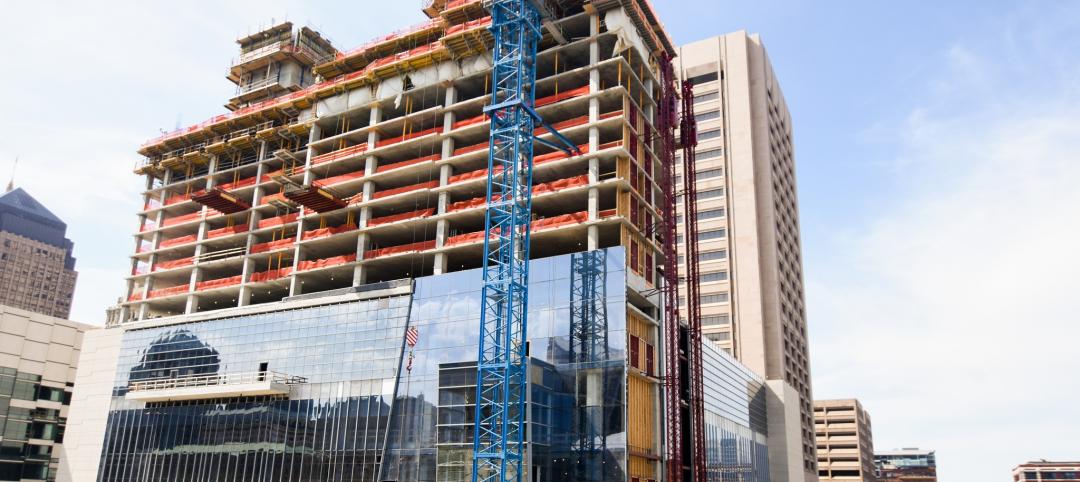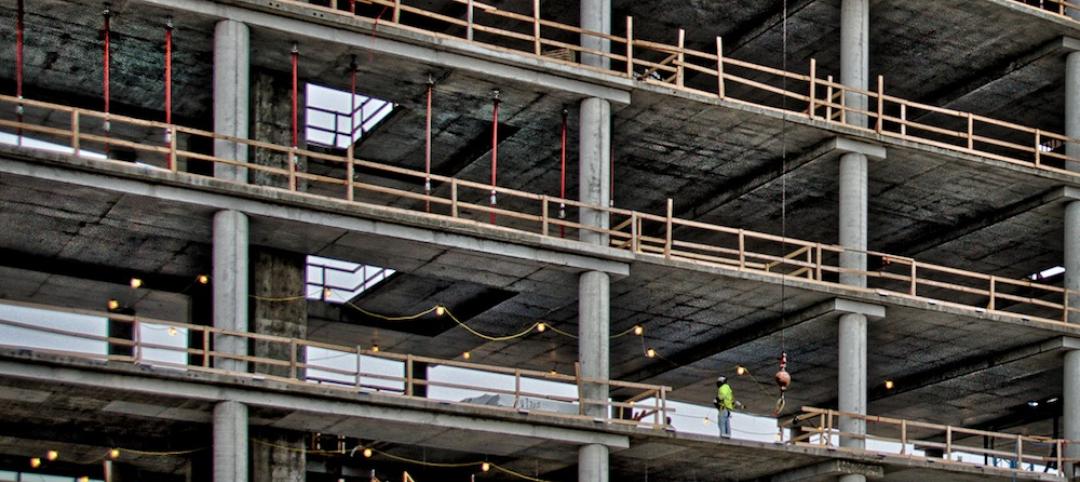Truth be told, for all parties involved in a construction project, it’s the bottom line that's the top concern. Owners and developers, architects and engineers, general contractors and subs, and consultants—every member of the team is ultimately—if not overtly—focused on the project’s profitability.
While this is the case, conventional approaches to cost estimating that many owners and developers have come to rely on may not always yield the best or expected results that benefit all parties. Budget shortfalls can often happen when they rely on data that is outdated, or when obtaining costs from a single source without enlisting a second pair of eyes to provide independent assessments and monitoring of budgets.
An alternative—working with an independent cost manager—may be a new concept for some owners, but holds far greater promise of saving them [and their team members] money and time. By treating the client’s investment as if it were their own, and actively serving as the client’s advocate, an independent cost manager adds quantifiable value to their work. Engaging a cost manager in the earliest stages of a project has a relatively modest impact on the process and timeline and can help to avoid snowballing setbacks as the project progresses.
Here’s a checklist of some key go/no-go indicators that cost managers use to put a project on the road to profitability:
- Scheduling. Hindsight may be 20/20, but in construction, foresight offers greater value. Cost managers use both historical and predictive data to determine the best time to break ground on a project and calculate its duration. Drawing on their knowledge of manufacturing and global logistics, cost managers can chart a reliable course for timely sourcing and procurement, resulting in an optimal schedule that appropriately captures project delivery risks.
- Market conditions. To make the most of investment dollars and establish a favorable financing environment, cost managers factor in real estate trends and cost variances for different locations. As part of the due diligence process in the early stages of a project, a cost manager can also advise clients on the programming of a building. Replacement cost estimates can reveal a building’s true value in the market, maximizing its selling value. This allows owners to see if the numbers work, and to make a go/no-go decision on the path forward.
- Procurement. A conscientious cost manager can advise their client about the advantages and disadvantages of a variety of alternative construction delivery systems, such as design-bid-build, design-assist, and design-build, helping them select the method that best aligns with their budget and schedule goals.
- Pricing. Lately, material, labor, and equipment costs have been exceptionally volatile. Unlike contractors and sub-contractors who draw solely on their past experience from the builder’s perspective to guesstimate these prices, cost managers minimize unexpected and unwelcome budget disruptions by using highly targeted, real-time data to accurately project future pricing trends. This forms the basis for creating a provisional budget for the various project-building components [i.e., structural system, exterior wall, lighting, and HVAC systems], an essential tool for developing and analyzing the project construction budget.
Watching for Red Flags
If a cost manager isn’t on board for the initial stages of the project, there are still opportunities to enlist their aid; in fact, there are critical situations when reaching out to an independent cost manger can mean the difference between a successful, profitable project and a resource-sapping undertaking. These three red-flag scenarios include:
- “Free” estimates. Often offered as an incentive for prospective clients by contractors, free cost estimates are frequently based on non-competitive data from a single source that may not reflect current dollar values or cost influencers, and therefore may not equate to a comprehensive construction cost. Third-party cost managers work only with fresh data—in many cases, proprietary—that accounts for current market conditions, is tailored to the needs of specific projects, and provides realistic cost information throughout the course of a project.
- Doubts from the design team. If the design team says the budget is inadequate, there is an opportunity to mitigate that before resorting to value engineering. Working directly with the design team, a cost manager can guide them through the process of identifying and selecting alternative solutions that won’t derail the design—or the budget.
- Rapid cost escalation in design-build projects. The efficiencies of the design-build delivery method are predicated on an accelerated schedule and a reduction in change orders. If there is a delay in any phase of the process, costs can quickly soar. A cost manager can step in and make new budget projections that can help reduce loss.
Once a cost manager has created the optimal scenario for the project, it’s a “Go” to the design phase. Having prepared cost estimates based on the schematic design documents, design development documents, and construction documents, the cost manager can provide guidance to the design team related to the cost impact of design decisions throughout the design process. Armed with this information, a realistic budget can be created, giving the design team a solid foundation on which to build, and minimizing budgetary surprises as the project moves into construction.
With construction costs typically making up about 70% of an owner’s budget in a project, there’s a lot at stake in a building project. When engaged at the outset of the job, a proactive cost manager will not just protect that investment, they will identify ways to increase the profit margins throughout the process. There’s little doubt that engaging a third-party cost manager adds a small cost up-front, but it will yield a larger payback; one that also pays it forward in terms of client service.
Related Stories
Contractors | Mar 24, 2016
ABC: Construction Backlog expands at the close of 2015
Uptick suggests high demand for construction workers will continue.
Market Data | Mar 1, 2016
ABC: Nonresidential spending regains momentum in January
Nonresidential construction spending expanded 2.5% on a monthly basis and 12.3% on a yearly basis, totaling $701.9 billion. Spending increased in January in 10 of 16 nonresidential construction sectors.
Market Data | Mar 1, 2016
Leopardo releases 2016 Construction Economics Report
This year’s report shows that spending in 2015 reached the highest level since the Great Recession. Total spending on U.S. construction grew 10.5% to $1.1 trillion, the largest year-over-year gain since 2007.
Market Data | Feb 26, 2016
JLL upbeat about construction through 2016
Its latest report cautions about ongoing cost increases related to finding skilled laborers.
Contractors | Feb 25, 2016
Huntsville’s Botanical Garden starts work on new Guest Welcome Center
The 30,000-sf facility will feature three rental spaces of varying sizes.
Architects | Feb 24, 2016
Is the booming freelance economy a threat to AEC firms?
By shifting the work (and revenue) to freelancers, “platform capitalism” startups have taken considerable market share from traditional businesses.
Religious Facilities | Feb 22, 2016
For the first time in Bulgaria, a temple’s construction raises a metal dome
The church is 2½ times larger than the basilica in Ukraine it references.
Market Data | Feb 10, 2016
Nonresidential building starts and spending should see solid gains in 2016: Gilbane report
But finding skilled workers continues to be a problem and could inflate a project's costs.
Contractors | Feb 2, 2016
ABC: Nonresidential spending falls again in December
For a second consecutive month, 12 of 16 nonresidential subsectors experienced spending decreases on a monthly basis.
Contractors | Feb 1, 2016
ABC: Tepid GDP growth a sign construction spending may sputter
Though the economy did not have a strong ending to 2015, the data does not suggest that nonresidential construction spending is set to decline.

















